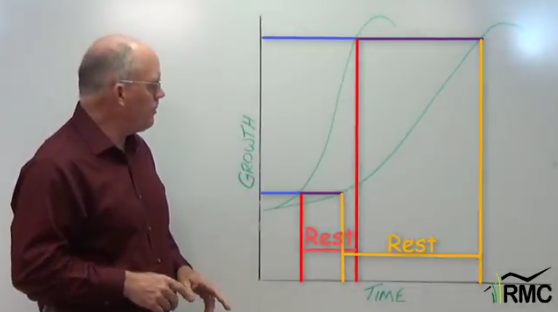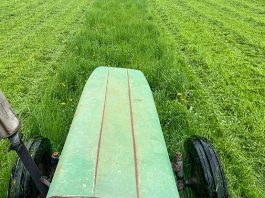
I got an email not long ago from a researcher who wondered if I could help her find a place to purchase cheatgrass seed. I wasn’t aware of anyone selling the seed, but I did want to help, so I wrote back, “My suggestion is a little odd, but I think it would work. I would find some people who live in the areas where cheat grass and medusahead rye grow. Then I’d ask them to walk through a large patch of the mature grass and send you their socks. They will be loaded with seeds. I have boots that still have cheatgrass seeds stuck in them that I haven’t used in the field for probably 10 years. Just a thought. If it sounds reasonable to you, I could probably find some people to do it for you. :-)”
Filling our shoes and socks with sharp seeds is probably the least of our worries when it comes to cheatgrass. Cheatgrass (Bromus tectorum) is an invasive annual grass from Eurasia that showed up in North America as early as the 1790s. Thanks to great seed production (70.8 million seeds per acre with a 99% germination rate in the first two years), and an ability to germinate and reproduce rapidly, it has been able to out compete and replace native species on rangelands. Worse, it goes dormant in early summer, turning into an explosive fire fuel that devastates native brush and grass, giving itself even more room to grow, which leads to more frequent and more intense fires. Millions have been spent on fighting cheatgrass fires, and on trying to restore landscapes and ecosystem function.

In the Fight Against Cheatgrass, What Works?
For decades, researchers, land managers and graziers have been working on solutions that will reduce cheatgrass and control its spread. In coming issues, I’ll be sharing a variety of solutions, some of which include grazing.
This week, we hear from Charlie Clements, a rangeland scientist with the Great Basin Research Unity of the Agricultural Research Service. He coordinates with graziers and wildlife organizations to address concerns they have about forage and habitat. He’s currently working with selective, pre-emergent herbicides and reseeding to reduce cheatgrass by 93% and increase other forages by 600%.
Stay tuned for more on fighting cheatgrass. I’ve got a whole variety of resources for you!




